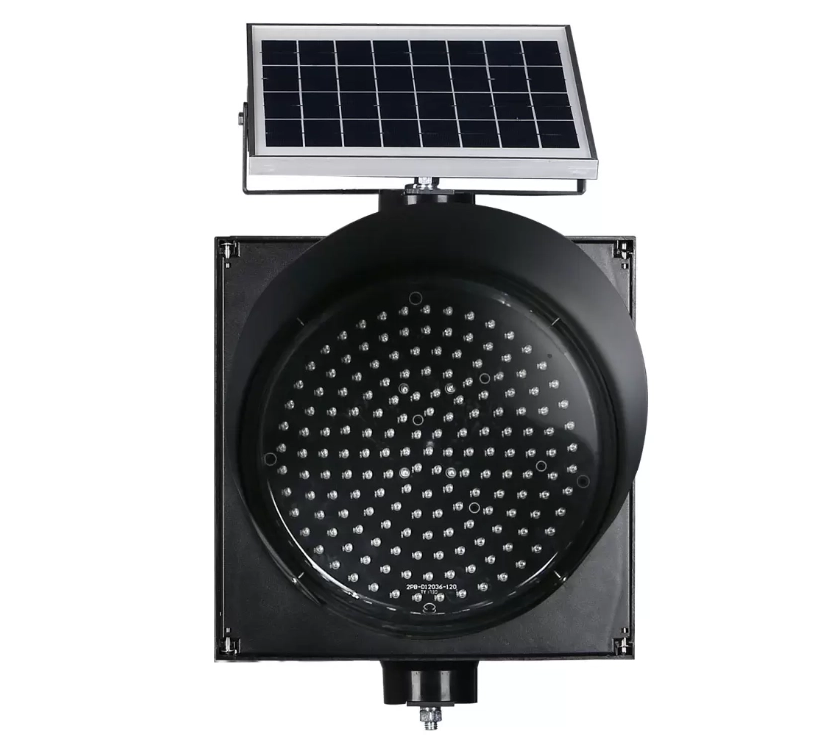Quartz, a popular mineral known for its beauty and versatility, is widely used in various industries. However, with the rise of counterfeit products, it has become crucial to know how to identify real quartz. In this comprehensive guide, we will explore the key characteristics and techniques to distinguish genuine quartz from imitations. Whether you are a gem enthusiast, a jeweler, or simply curious about this fascinating mineral, this article will equip you with the knowledge to make informed decisions.
- Understanding Quartz:
Before delving into identification methods, let's briefly understand what quartz is. Quartz is a crystalline mineral composed of silicon and oxygen atoms, belonging to the silicate mineral group. It is renowned for its hardness, transparency, and wide range of colors, making it a sought-after material in jewelry, electronics, and construction. - Visual Examination:
Visual inspection is the first step in identifying real quartz. Pay attention to the following aspects:
a) Clarity: Genuine quartz exhibits exceptional clarity, devoid of any visible impurities or cloudiness. Hold the specimen against a light source and observe if it transmits light uniformly.
b) Color: Quartz occurs in various colors, including clear, white, pink, purple, yellow, and more. While natural quartz can have vibrant hues, be cautious of overly saturated or unnatural colors, as they may indicate synthetic or treated quartz.
c) Inclusions: Authentic quartz may contain natural inclusions such as minerals, gas bubbles, or growth lines. These inclusions are unique and add character to the stone. Synthetic quartz, on the other hand, often lacks such natural imperfections.
- Hardness and Scratch Test:
Quartz is one of the hardest minerals, scoring 7 on the Mohs scale. To determine its hardness, perform a scratch test using common objects:
a) Glass Test: Real quartz should be able to scratch glass. Gently try to scratch a glass surface with the quartz specimen. If it leaves a visible scratch, it is likely genuine.
b) Steel Test: Quartz should not be scratched by steel. Attempt to scratch the quartz with a steel knife or nail. If no marks are left, it suggests the presence of real quartz.
- Thermal Conductivity:
Another characteristic of quartz is its thermal conductivity. Genuine quartz exhibits low thermal conductivity, meaning it remains cool to the touch even when exposed to heat. Counterfeit quartz or glass imitations may heat up quickly, betraying their true nature. - Expert Opinion and Certification:
When in doubt, seek the expertise of professionals or gemological laboratories. Certified gemologists can conduct advanced tests, such as spectroscopy or X-ray diffraction, to accurately identify quartz. Their trained eyes and specialized equipment can provide definitive results.
Conclusion:
Identifying real quartz requires a combination of visual examination, hardness tests, thermal conductivity assessment, and expert opinion. By familiarizing yourself with these techniques, you can confidently differentiate genuine quartz from imitations. Remember, the beauty and value of quartz lie in its authenticity, so always strive to acquire the real deal. Happy quartz hunting!




